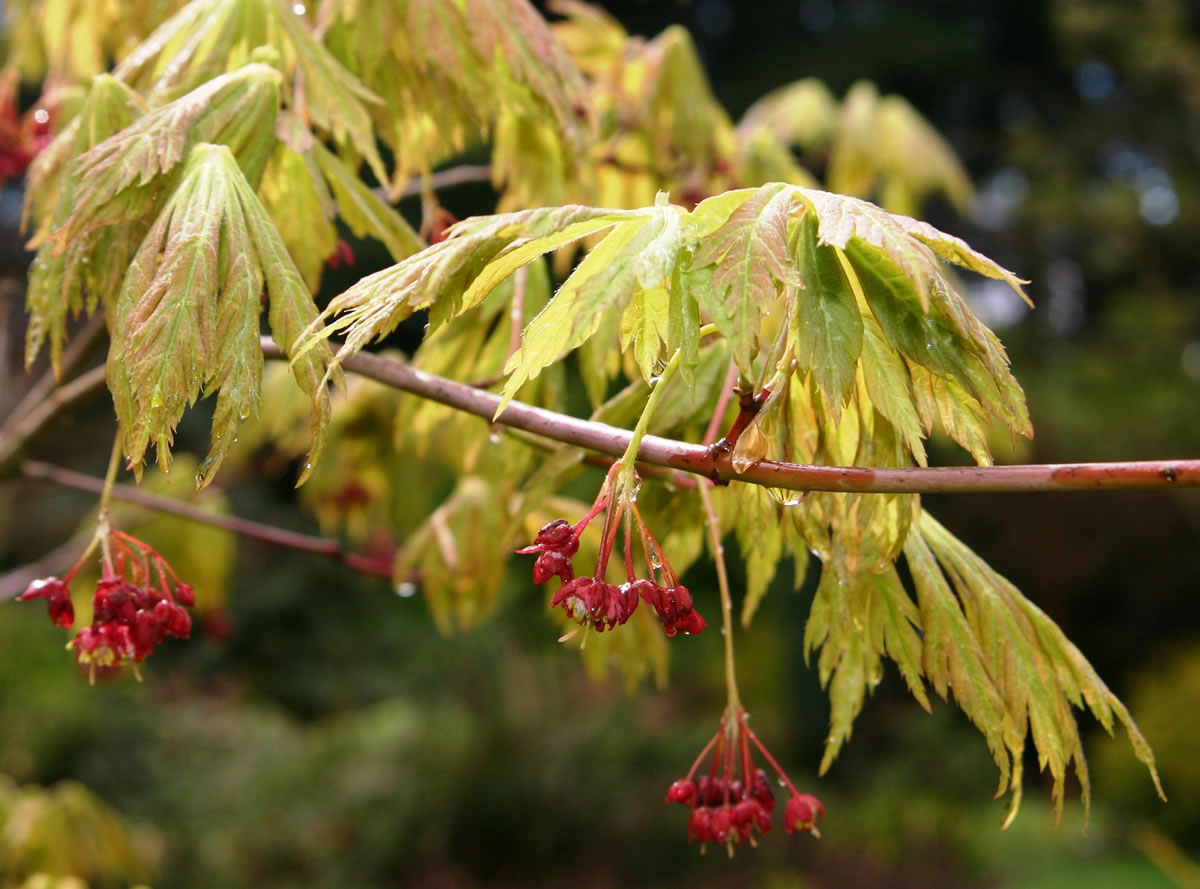Over time, every garden develops its own character, and with that comes a unique way of welcoming each new season. If every gardener on the block planted the exact same daffodil, that plant would signal the arrival of spring to all of our gardens. It is much more likely that every neighbor will plant a different palette of spring bulbs, summer perennials and fall-foliage plants. This allows us all to have an individual display of seasonal highlights.
In my garden, the sugar maple is always the first deciduous tree to change into fall colors. By October, the show is astounding; each leaf vibrant with highlights of orange, red and yellow-green. Before the month ends, every leaf has fallen and the tree is bare. Most of the other trees and shrubs in the garden wait until late October or the first part of November to come into color. I was touched by this bit of magic put on by my sugar maple, as if its singular show happened just for me.
As autumn continues, trees and shrubs change their colors and then drop their leaves. I like to think that anyone would find this a beautiful phenomenon of nature, something to look forward to between the summer and winter seasons. The impact of this transformation on the overall look of a garden is as profound as any flower display in early spring. The difference, for those of us who garden, is that we personally choose many of these plants specifically for the show they will give us in fall.
The longer we garden, the more plants we choose for the effect they will have with a change of seasons. Before deciduous leaves drop, they will change colors, illuminating our gardens in the many shades of fall. I planted a unique variety of maple for its vibrant, solid red autumn foliage. Acer rubrum October Glory is a tall, round-headed tree that is the last to change colors in fall. Before the leaves drop in late November, this tree of mine stands boldly on its own, set off only by a backdrop of evergreen Douglas fir.



